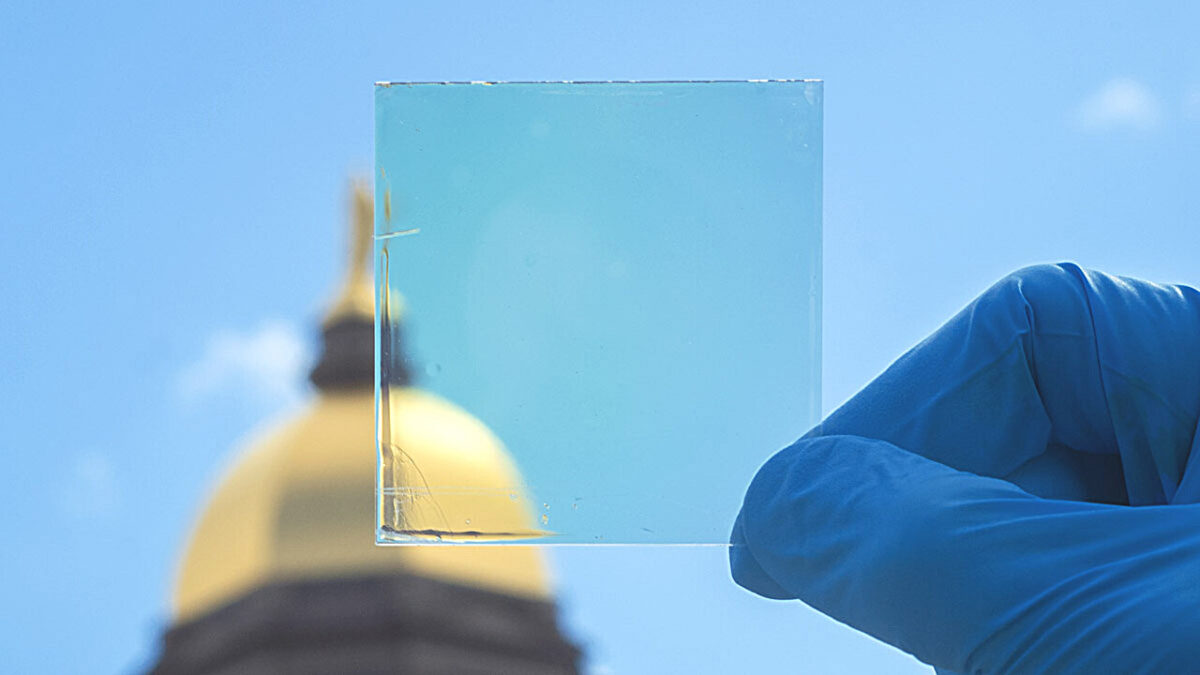Lifesaving Guidelines
A new study led by William Sanders of Massachusetts General Hospital and involving 18 trauma centers across the U.S., examined the outcomes of 212 patients with brain injuries. The research, aimed to shed light on the potential outcomes if life support was continued longer than it typically is in such cases. Findings from this research indicate that some patients, who had their life support withdrawn, might have survived and even regained some independence six months post-injury.
The study advocates for a more cautious approach in making early decisions about withdrawing life support. Due to the complexities involved, some guidelines advise medical professionals to delay making early prognostic judgments about patients. Current research has only begun to scratch the surface in understanding the various states of consciousness in comatose patients, and there are no definitive guidelines or algorithms that clinicians can use to predict which patients are likely to experience significant recovery.
Through a sophisticated mathematical model, the researchers compared patients who had life support withdrawn with those who did not, despite similar health conditions initially. The data suggested that among those who continued receiving support, a significant number managed to survive beyond six months, and some even regained functional independence.
This research emphasizes the complexity and long-term nature of managing traumatic brain injuries and suggests that delaying decisions related to life support could sometimes lead to better outcomes. More extensive studies are necessary to provide clearer guidelines and improve the prognosis accuracy in such critical situations.
However, this research is a great first start in helping create those guidelines and could have a significant impact in helping those who have traumatic brain injuries.
The findings have been published in the Journal of Neurotrauma.




